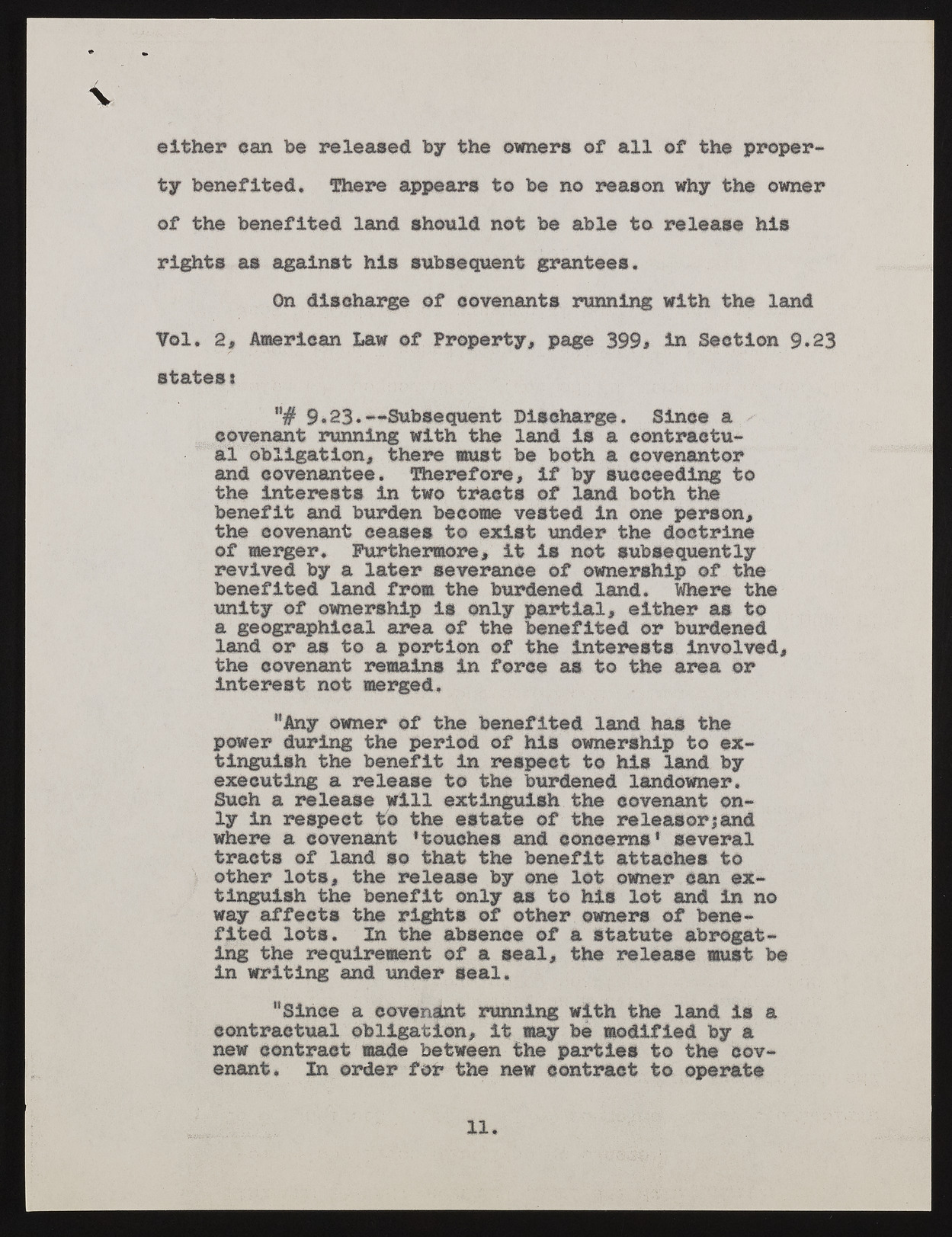Copyright & Fair-use Agreement
UNLV Special Collections provides copies of materials to facilitate private study, scholarship, or research. Material not in the public domain may be used according to fair use of copyrighted materials as defined by copyright law. Please cite us.
Please note that UNLV may not own the copyright to these materials and cannot provide permission to publish or distribute materials when UNLV is not the copyright holder. The user is solely responsible for determining the copyright status of materials and obtaining permission to use material from the copyright holder and for determining whether any permissions relating to any other rights are necessary for the intended use, and for obtaining all required permissions beyond that allowed by fair use.
Read more about our reproduction and use policy.
I agree.Information
Digital ID
Permalink
Details
More Info
Rights
Digital Provenance
Publisher
Transcription
V either can be released by the owner® of all of the property benefited. There appears to be no reason why the owner of the benefited land should not be able to release his rights as against his subsequent grantees. On discharge of covenants running with the land Vol, 2, American I*aw of Property, page 399, in Section 9.23 statest "# 9.23.—Subsequent Discharge. Since a covenant running with the land is a contractual obligation, there must be both a covenantor and covenantee. Therefore, if by succeeding to the interests in two tracts of land both the benefit and burden become vested in one person, the covenant ceases to exist under the doctrine of merger. Furthermore, it is not subsequently revived by a later severance of ownership of the benefited land from the burdened land. Where the unity of ownership is only partial, either as to a geographical area of the benefited or burdened land or as to a portion of the interests involved, the covenant remains in force as to the area or interest not merged. MAny owner of the benefited land has the power during the period of his ownership to extinguish the benefit in respect to his land by executing a release to the burdened landowner. Such a release will extinguish the covenant only in respect to the estate of the releasor1and where a covenant *touches and concerns' several tracts of land so that the benefit attaches to other lots, the release by one lot owner can extinguish the benefit only as to his lot and In no way affects the rights of other owners of benefited lots. In the absence of a statute abrogating the requirement of a seal, the release must be in writing and under seal. “Since a covenant running with the land is a contractual obligation, it may be modified by a new contract made between the parties to the covenant. In order for the new contract to operate 11

